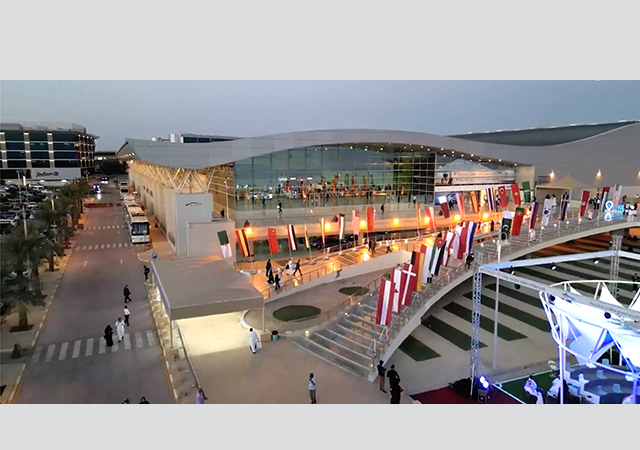
Clear 's extending Stratfull's earlier work from the California Department of Transportation, established a simplified equation relating lifespan to a range of factors, purely upon an empirical analysis of water ponding test data. In the original Stratfull equation, the cement content and water content were incorporated as separate factors (rather than w/c ratio, and under this scenario, cement was only of minor influence (60 kg of cement per cubic meter showed only a 3 to 4 percent increase in life-span). The later research of Clear under controlled water ponding tests, resulted in a simplified equation that did not directly include minimum cement content as follows (the equation has been converted to metrics by the author):
Life = (2.5 x S1.22)/(R x K0.42)
Where:
Life is the time to corrosion in years.
R is the ratio of free water to cement.
S is the distance to the steel (cover depth), in millimeters.
K is the chloride content of the exposure solution, such as seawater, in ppm.
There are two points of importance from inspection of this equation. The first is that, under carefully controlled experiments, the minimum cement content is not a factor on its own, it is only indirectly incorporated in relation to the free water content. This is in agreement with the earlier findings of Hummel and Wesche [7]. The second point is that the factor of greatest influence is the cover, followed by the w/c and then the chloride content. I have used this equation as part of investigations and remaining life predictions of marine structures in Florida for mixtures using Portland cements, and have found it to be reasonably accurate and useful.


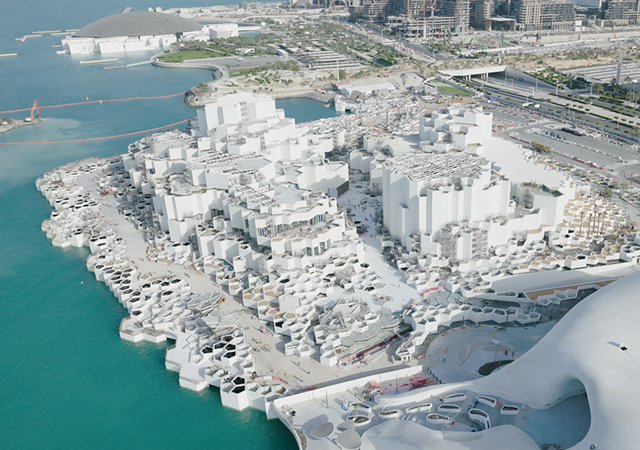
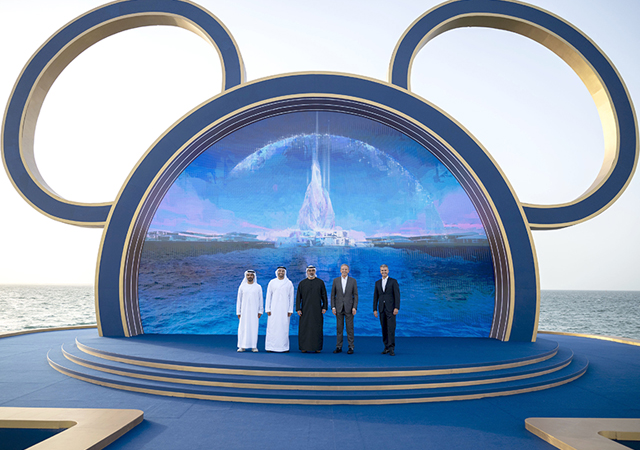

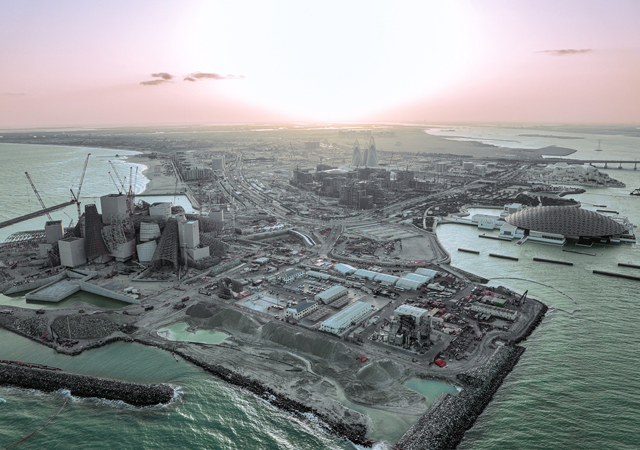

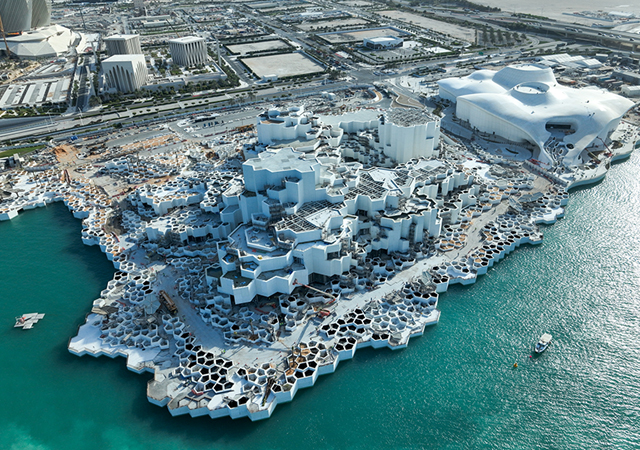
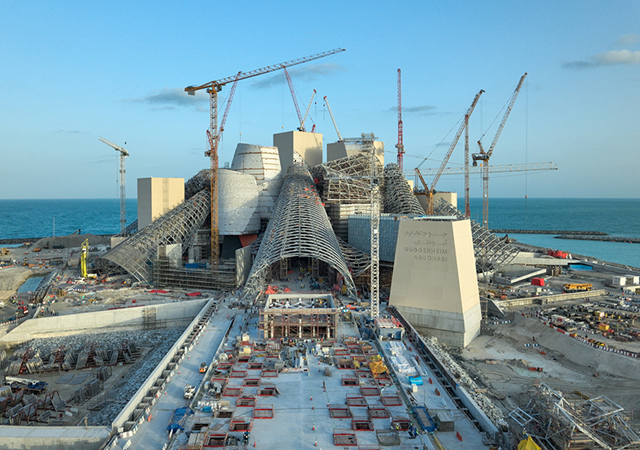
.jpg)

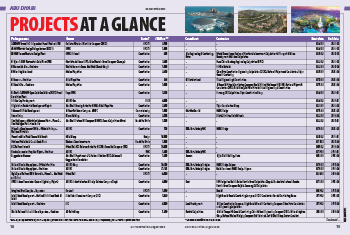



.jpg)


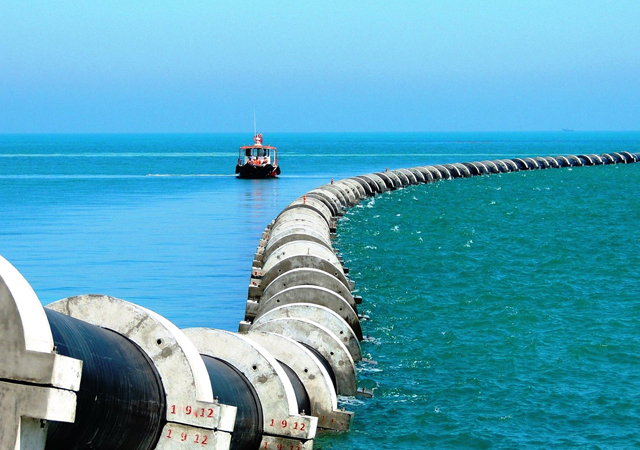



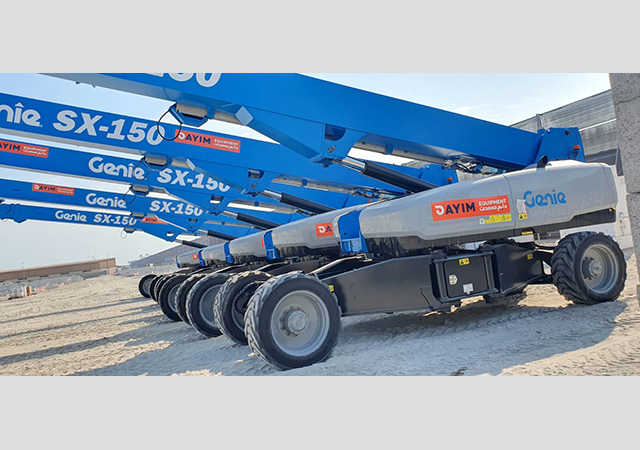
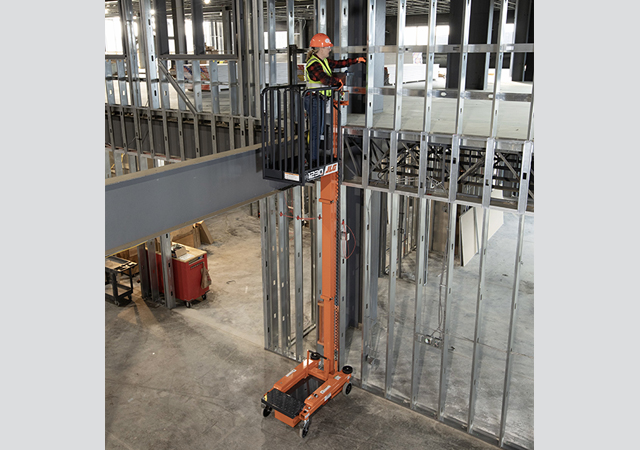



Doka (2).jpg)



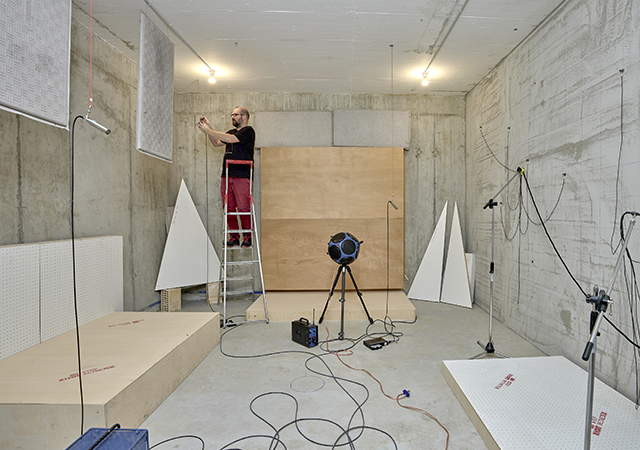
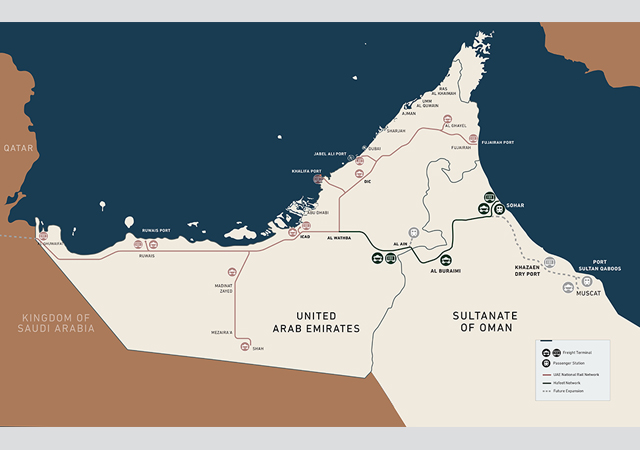




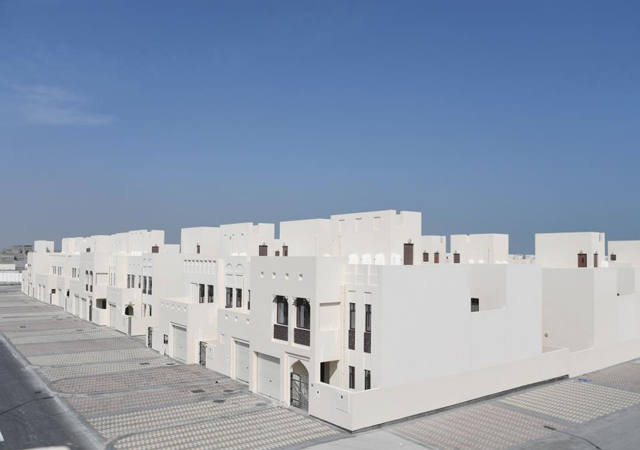
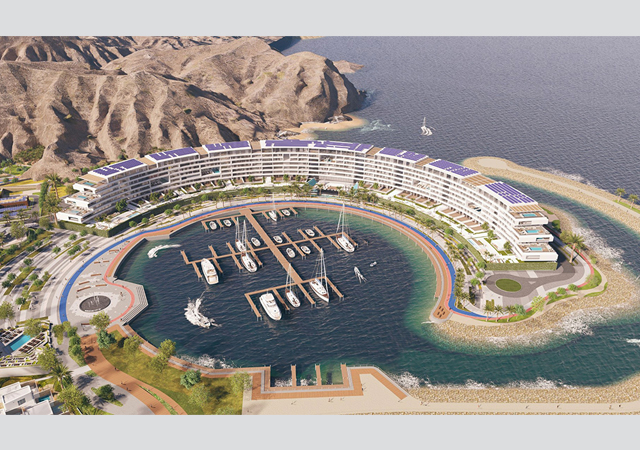










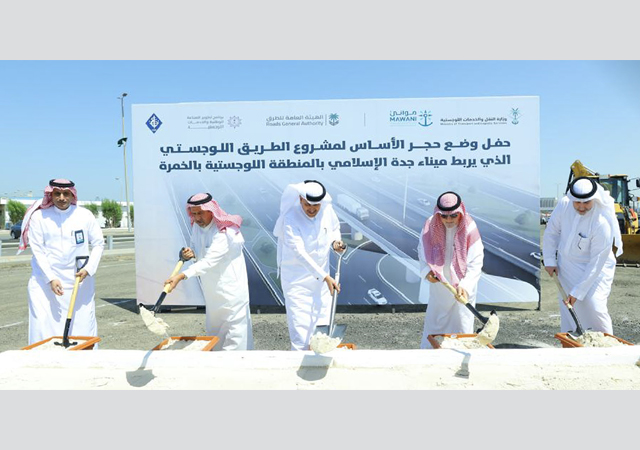















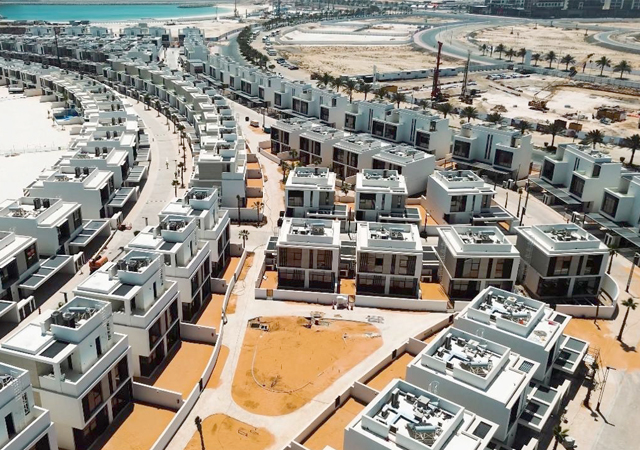


.jpg)
.jpg)
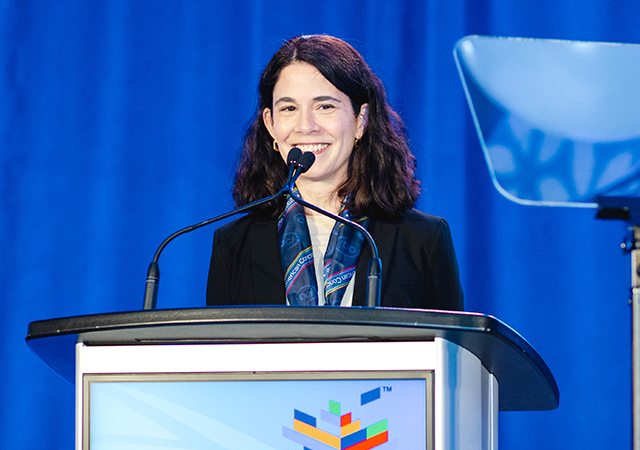
.jpg)
